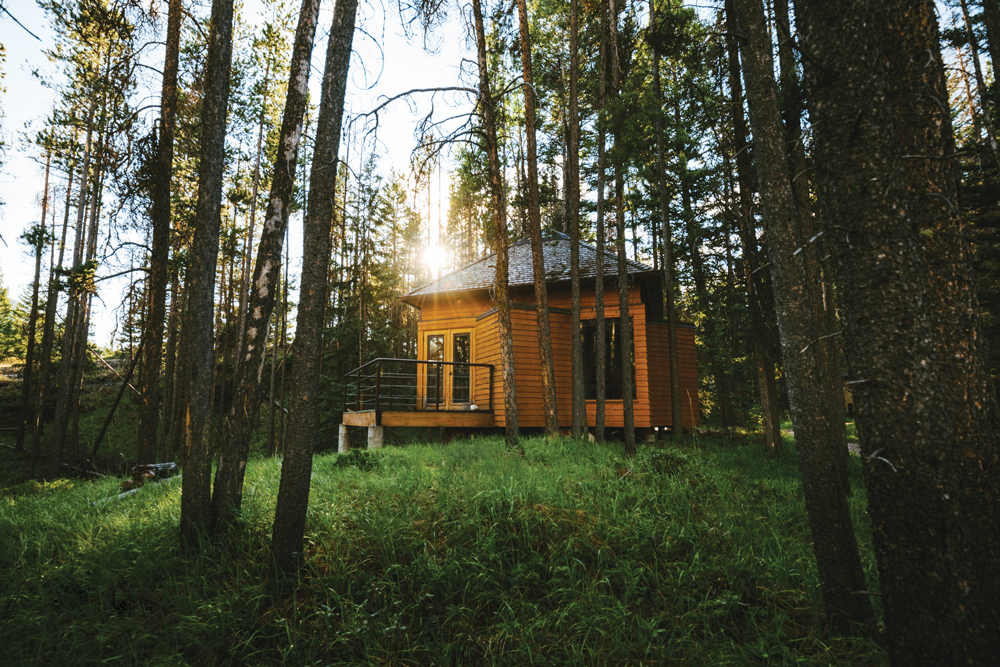A Room With A View

The Davidson Studio. Photo by Chris Amat.
This article originally appeared in the 2018-19 issue of Buffalo Mountain Drum magazine.
For many artists, the balance between the pressures of daily life and creativity is a delicate one. The way life often goes, finding that sacred time for focused creative work can end up getting squeezed as a result of the other priorities and pressures.
I know this is certainly the case in my life. A not-so-chance call from a recruiter some nine years ago resulted in an extremely intense period documenting and preserving the history of the residential school system through the Truth and Reconciliation Commission and now the National Centre for Truth and Reconciliation.
During this time, music and composing shifted from a professional passion I took seriously to a refuge of personal solace — a cocoon of emotional processing that allowed me to return to a sense of wholeness in light of the history and emotional heartache I was encountering.
But the songs kept coming, as did the internal pressure to share them despite my general dissatisfied acquiescence that perhaps music’s role in my life had shifted for good. The artists call could not be suppressed in spite of my attempts to try.
In 2017, I took my first visit to Banff Centre. In the shadow of Sleeping Buffalo Mountain, I realized I was visiting a place where wholeness, creativity, leadership, and passion for the mountains, envrionment, and social change were intrinsically linked. I was in a place where all visitors were encouraged to find their inner artist — to embrace the creative force inside of them and to apply this in their daily and professional lives.
This initial visit resulted in a 10-day retreat to one of the Leighton Artist Studios with a beautiful Steinway Model A and truckload of equipment from my home studio. Ten days to reconnect with myself, with my art, with my dreams, with the call, and with a sense of wholeness. The final song I left with was entitled “Resistance”. While written about the long-standing requirement for Indigenous Peoples to resist the continual erosion and destruction of our collective cultures, perhaps the title speaks to something more fundamental to the artists’ process.
Perhaps it is through resisting the inevitable counter force to the creative process — the fatigue, the doubt, the fear, the slippage of time — that we are able to find our true selves.
In the shadow of towering mountains, I couldn’t help but draw the connections between the fear encountered on the sharp end of a climbing rope and the inner fear of artistic vulnerability I was exploring. For me, both these challenges were placed on hold while I faced new challenges in the space of Truth and Reconciliation.
The Leighton Artist Studios and Banff Centre allowed me to find a space — a space to resist the passage of time and to dedicate focused time honoring the creative process. I found something here. I hope you do as well.
Ry Moran is a recipient of a Banff Centre Paul D. Fleck Fellowship. Maintenance of the studios is supported by the Leighton Artist Studios Facility Renewal Endowment.